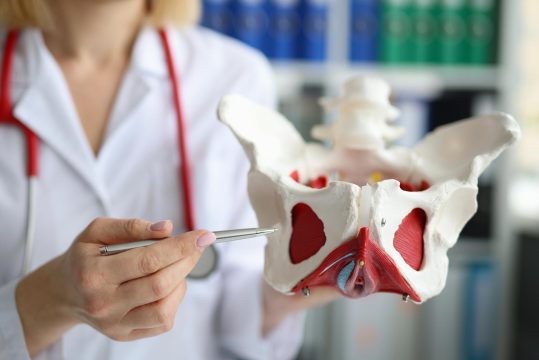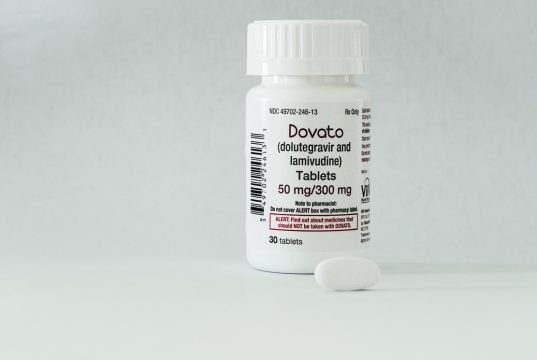Advertisment
Aspirin equals blood thinner in preventing deadly clots after fracture

Results from a study enrolling over 12,000 orthopaedic trauma patients suggests that aspirin is as effective as injected blood thinner in preventing life-threatening blood clots.
The findings were published on Jan. 18, 2023 in the NEJM/New England Journal of Medicine.
“Many patients with fractures will likely strongly prefer to take a daily aspirin over receiving injections after we found that both give them similar outcomes for prevention of the most serious outcomes from blood clots,” said lead investigator Robert V. O’Toole, MD, the Hansjörg Wyss Medical Foundation Endowed Professor in Orthopaedic Trauma at the University of Maryland School of Medicine (UMSOM) in Baltimore and Chief of Orthopaedics at the R Adams Cowley Shock Trauma Center at the University of Maryland Medical Center (UMMC). “We expect our findings from this large-scale trial to have an important impact on clinical practice that may even alter the standard of care.”
In this multicenter, randomized, noninferiority trial, the investigators enrolled 12,211 subjects 18 years of age or older (mean age of 44.6 years) who had suffered fracture of an extremity (anywhere from hip to midfoot or shoulder to wrist) treated operatively or who had any pelvic or acetabular fracture.
The subjects were randomized to treatment with low-molecular-weight heparin (enoxaparin) at a dose of 30 mg twice daily (n=6,110) or aspirin (n=6,101) at a dose of 81 mg twice daily while they were hospitalized.
Patients received a mean of 8.8 in-hospital thromboprophylaxis doses and, at discharge, were prescribed a median 21-day supply of thromboprophylaxis.
The primary outcome of the study was death from any cause at 90 days. Secondary outcomes were nonfatal pulmonary embolism, deep-vein thrombosis, and bleeding complications.
Death occurred in 47 patients (0.78%) in the aspirin group and in 45 patients (0.73%) in the heparin group, indicating non-inferiority for aspirin in the main outcome of the study.
There were no differences between the cohorts for incidence of pulmonary embolism.
Deep vein thrombosis occurred in 2.51% of subjects in the aspirin cohort and 1.71% in the low-molecular-weight–heparin cohort, a statistically non-significant difference.
“The incidence of bleeding complications, infection, wound problems, and other adverse events from the treatments was also similar in both groups,” the authors noted.
They concluded, “In patients with extremity fractures that had been treated operatively or with any pelvic or acetabular fracture, thromboprophylaxis with aspirin was noninferior to low-molecular-weight heparin in preventing death and was associated with low incidences of deep-vein thrombosis and pulmonary embolism and low 90-day mortality.”
In an editorial published in the same issue of NEJM, Matthew Costa, Ph.D, Professor of Orthopaedic Trauma, University of Oxford, Oxford, United Kingdom, wrote “Although this is not the first trial to address the choice of aspirin or heparin for venous thromboembolism prophylaxis among patients with operatively treated extremity fractures (or any pelvic or acetabular fracture), this is by far the largest trial to date and provides compelling evidence that a readily available, inexpensive drug, taken orally, is a viable alternative to an injectable pharmacologic prophylaxis.”





